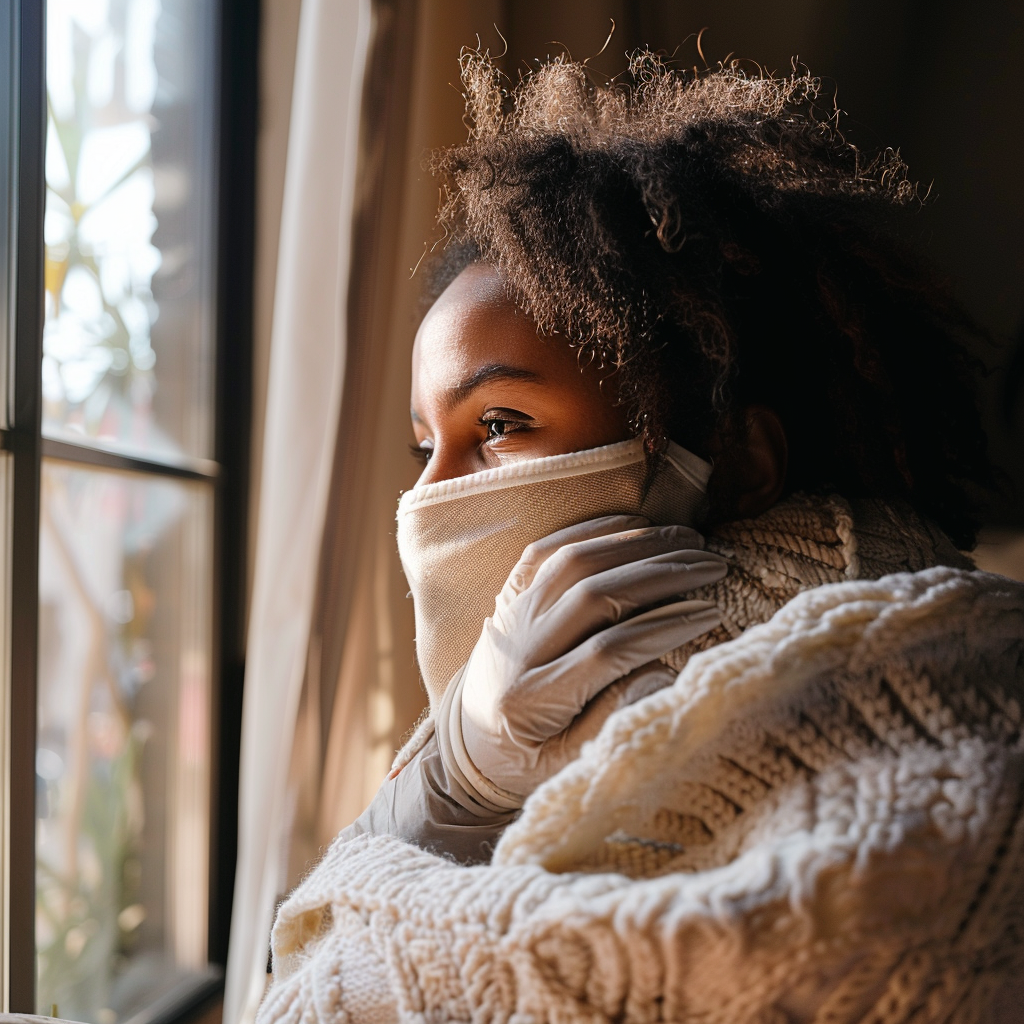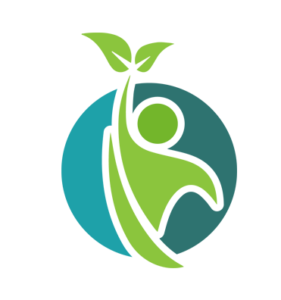Hey there, fellow Californians! COVID-19 and flu prevention are in this together as we navigate the challenges of both COVID-19 and the flu.

COVID-19 and flu prevention are tough times, but we can get through them by working together, supporting each other, and following some practical tips. Let’s dive into what you need to know to stay safe, support your community, and keep your spirits up.
1. Understanding the Crisis
1. Current Situation in California
First things first, let’s talk about what’s going on. Currently, California is dealing with COVID-19 and flu cases, putting a strain on our healthcare systems. It’s super important to stay updated with reliable information. Check out the latest stats and guidelines for the California Department of Public Health (CDPH) and the Centers for Disease Control and Prevention (CDC). Being informed helps us make intelligent decisions about our health and activities.
2. COVID-19 vs. The Flu: Know the Differences
The flu and COVID-19 both cause fevers, coughs, and body aches, but they are not the same. It’s more likely that COVID-19 will make people sicker and spread more quickly.Knowing the differences can help you take the right actions, like getting tested and seeking medical advice if you feel you’re under the weather.
3. Stay Informed, Stay Safe
There’s much misinformation out there, which can be just as harmful as viruses. Stick to trusted sources for updates. Your best bets are the CDC, CDPH, and local health department. Avoid relying on social media for critical health info unless it’s from verified health organizations.
2. Health and Safety Precautions
1. Follow the Guidelines
1. Wear Your Mask
Masks are simple but super effective. Wear one in public settings, especially indoors or when you can’t keep a distance from others. Make sure it covers your nose and mouth snugly. Follow local mask regulations to keep yourself and others safe.
2. Keep Your Distance
Social distancing is still vital. Try to stay at least six feet away from others. Avoid crowded places and gatherings, especially indoors.Stay in touch with family and friends without being in the same room by using technology.
3. Wash Your Hands
It’s important to wash your hands with water and soap every day for at least 20 seconds. Use a hand cleaner with at least 60% alcohol if you don’t have soap and water handy. Also, remember not to touch your face with hands that haven’t been washed.
4. Get Vaccinated
Vaccines are one of our best defenses. Make sure you’re up to date with your COVID-19 vaccinations and boosters. Also, get your annual flu shot. Vaccines help protect you and reduce the burden on our healthcare systems.
2. Stay Home if You’re Sick
If you have symptoms of COVID-19 or the flu, stay home. This helps keep the virus from infecting other people. Talk to doctors online through video services and do what they say about tests and treatments.
3. Community Support and Solidarity
1. Check-In on Each Other
Regular check-ins with neighbors, friends, and family can make a big difference. Whether through phone calls, video chats, or socially distanced visits, keeping these connections strong provides emotional support and ensures everyone has what they need.
2. Use Community Resources
There are many resources available to help during this crisis. Food banks, mental health services, and local organizations often offer support. Don’t hesitate to reach out if you or someone you know needs help.
3. Volunteer and Help Others
If you’re able, consider volunteering. Many organizations need help with tasks like delivering groceries to vulnerable individuals or staffing food distribution events. Your efforts can have a significant positive impact on your community.
4. Mental Health and Well-being
Manage Stress and Anxiety
1. Try Meditation and Mindfulness
Meditation and being mindful can help you deal with stress anxiety. Apps like Headspace and Calm offer guided sessions to help you find peace and relaxation amidst the chaos.
2. Stay Active
Being active on a regular basis is good for your health and happiness. Simple walking, stretching, or light home exercises can make a big difference. Find an exercise routine that fits your abilities and preferences.
3. Seek Professional Help
If you’re feeling overwhelmed, feel free to seek professional help. Many therapists offer virtual sessions, making accessing mental health care from home easier.
Stay Connected Virtually
Use technology to stay in touch. Make it a habit to video call family and friends often join virtual events, or participate in online communities. Staying connected can help combat feelings of isolation.
5. Staying Prepared
1. Make a Family Emergency Plan
COVID-19 and flu prevention in having a plan can reduce anxiety and ensure everyone knows what to do in case of illness or other emergencies. Include emergency contacts, healthcare provider information, and a designated isolation area at home.
2. Stock Up on Essentials (Without Hoarding)
Ensure you have necessary supplies like medications, non-perishable foods, and cleaning products, but avoid hoarding. This makes sure that everyone in the neighborhood can get to what they need. Keep a list of items and rotate your stock to keep it fresh.
3. Know the Quarantine and Isolation Protocols
Understand the difference between quarantine and isolation, and follow the guidelines if you or someone in your household gets sick. Quarantine is for those who may have been exposed, while isolation is for those who are confirmed to be ill. Both are crucial to prevent virus spread.
4. Support Local Businesses
Local businesses are the backbone of our communities and are often hit hardest during crises. Supporting them helps keep our community’s economy afloat and ensures these businesses can survive.
6. Safe Shopping and Dining
1. Online Shopping and Delivery
Many local businesses now offer online shopping and delivery. Take advantage of these options to support your favorite stores and restaurants while staying safe.
2. Curbside Pickup
If you prefer to rely on something other than delivery, curbside pickup is a great alternative. Many businesses offer this service, letting you buy things online and pick them up without entering the store.
7. Reliable Information Sources
1. Avoid Misinformation
COVID-19 and flu prevention in times of crisis, misinformation can spread quickly and cause harm. Stick to trusted sources for information and avoid sharing unverified news. Rely on CDC, CDPH, and your local health department updates.
2. Trusted Sources for Updates
- Centers for Disease Control and Prevention (CDC)
- California Department of Public Health (CDPH)
- Local health department websites
- World Health Organization (WHO)
Save these sites to your bookmarks and visit them often to stay up to date.
8. Encouraging Resilience and Hope
1. Community Resilience and Support Stories
Highlight stories of how communities are coming together to support each other. Whether neighborhood groups are organizing food drives or individuals are helping neighbors with daily tasks, these stories can inspire and uplift.
2. Finding Silver Linings
COVID-19 and flu prevention amid the challenges, there are positive aspects to be found. Many people have discovered new hobbies, reconnected with family, or found new ways to contribute to their communities. Focusing on these silver linings can help maintain a hopeful outlook.
3. Stay Hopeful
Hope is decisive in overcoming adversity. Encourage yourself and others to stay optimistic, knowing that collective efforts will lead us through this crisis. Remember, every action you take to keep safe and support others makes a difference.
Conclusion
COVID-19 and flu prevention in short, staying aware, following health guidelines, helping each other, and taking care of your mental health are all important ways to get through California’s COVID-19 and flu crises. We can protect ourselves, our loved ones, and our communities by taking these steps. Let’s continue to work together, stay resilient, and look forward to better days ahead.






